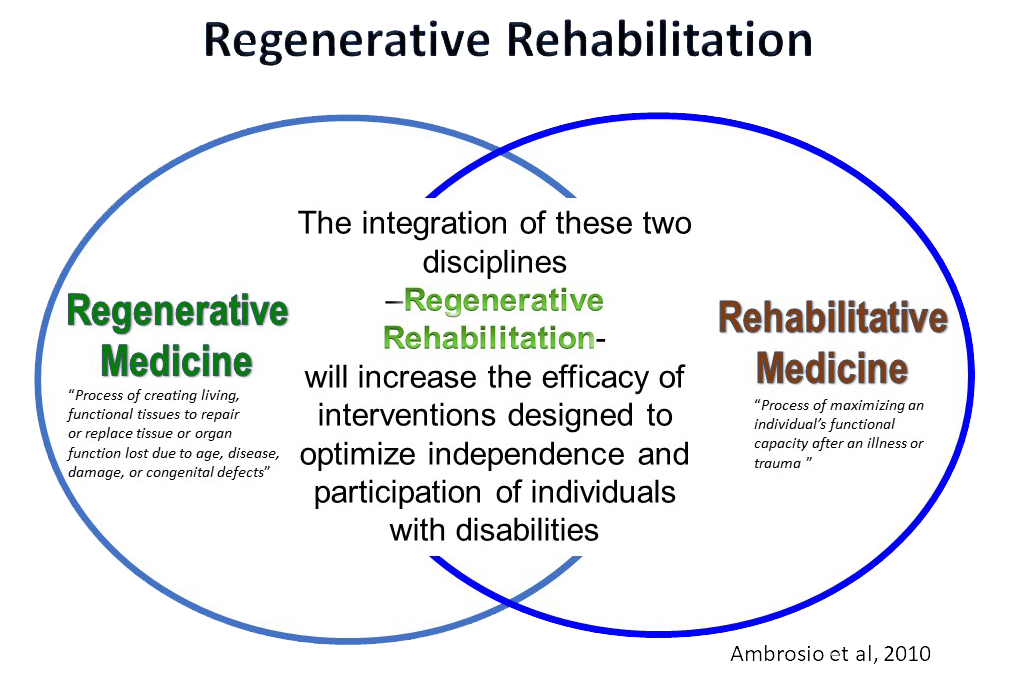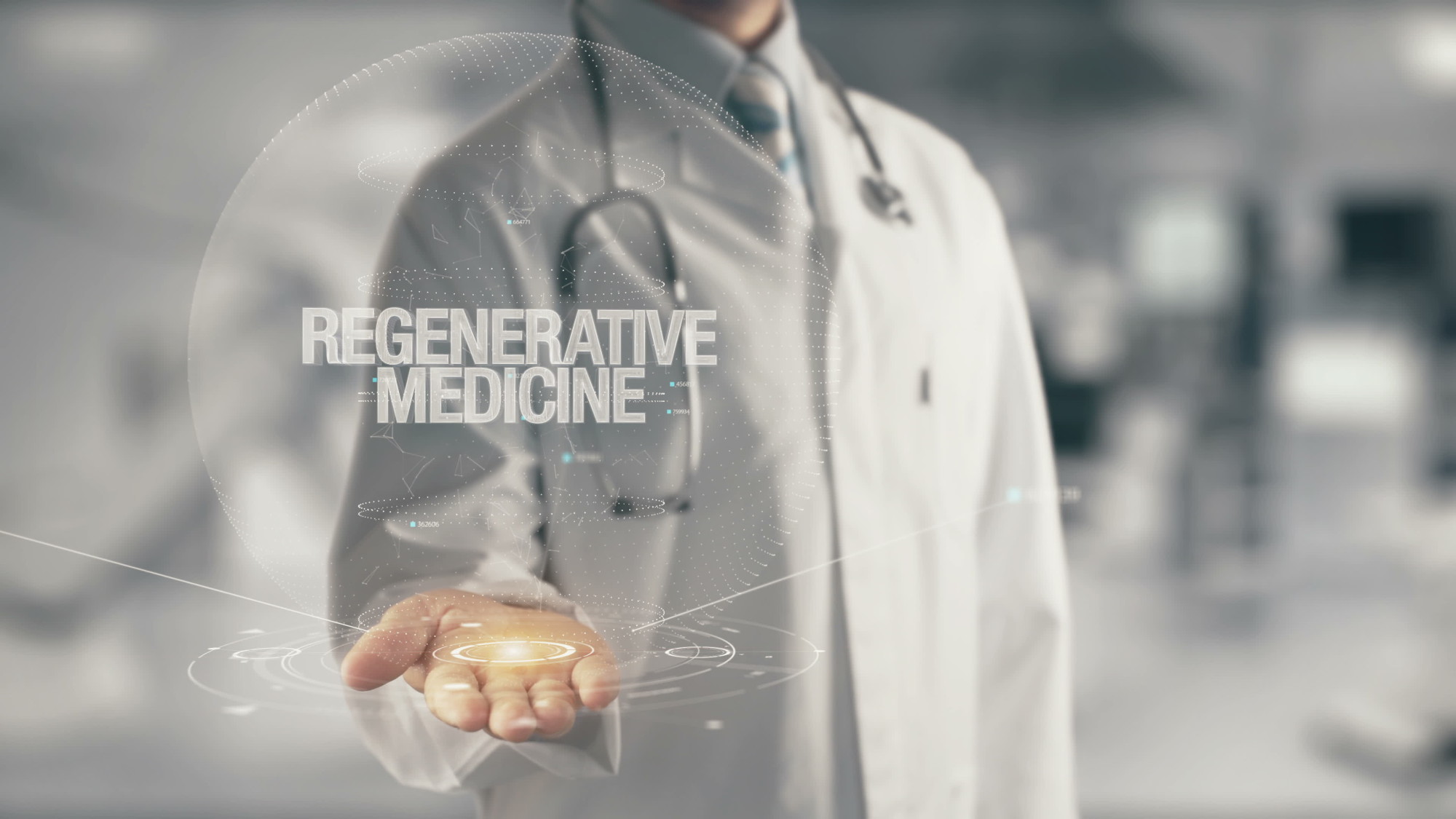Table of Contents

[/image][=video]
[/video]
Most websites utilized for bone marrow harvesting are located in the hip bones and the breast bone. In recovery, the benefactor may experience some discomfort in the areas where the needle was put.

If an autologous transplant is intended, previously accumulated stem cells, from either peripheral (apheresis) or harvest, are counted, evaluated, and prepared to instill. The prep work for a bone marrow transplant differ depending upon the sort of transplant, the disease requiring transplant, and your tolerance for specific medicines. Consider the following: Many commonly, high doses of chemotherapy and/or radiation are consisted of in the prep work.
This treatment is usually called ablative, or myeloablative, as a result of the effect on the bone marrow. The bone marrow creates many of the blood cells in our body. Ablative therapy stops this process of cell production and the marrow ends up being vacant. A vacant marrow is required to make area for the brand-new stem cells to expand and develop a new members cell production system.
It is not a surgical procedure to position the marrow into the bone, but resembles obtaining a blood transfusion. The stem cells find their method into the bone marrow and begin reproducing and expanding brand-new, healthy blood cells. After the transplant, supportive treatment is provided to avoid and treat infections, adverse effects of therapies, and issues.
Medical Group local to Portage, Michigan
The days before transplant are counted as minus days. The day of transplant is taken into consideration day absolutely no. Engraftment and recovery following the transplant are counted as plus days. For instance, a person may enter the medical facility on day -8 for preparative routines. The day of transplant is numbered absolutely no. Days +1, +2, etc, will certainly adhere to.
The days are numbered to help the person and family comprehend where they are in terms of risks and discharge planning. Throughout infusion of bone marrow, the patient might experience the following: Discomfort Chills Fever Hives Breast pain After infusion, the patient might: Invest a number of weeks in the medical facility Be really vulnerable to infection Experience excessive blood loss Need blood transfusions Be constrained to a tidy setting Take numerous anti-biotics and various other medicines Be offered medication to stop graft-versus-host diseaseif the transplant was allogeneic.
Platelets are typically the last blood cell to recover. Engraftment can be delayed since of infection, medicines, low contributed stem cell count, or graft failure.
Bacterial infections are the most common. Viral and fungal infections can be lethal. Any kind of infection can trigger an extensive healthcare facility stay, prevent or postpone engraftment, and/or reason permanent organ damages. Antibiotics, antifungal medicines, and antiviral medications are typically given to attempt to stop severe infection in the immunosuppressed person. Thrombocytopenia (low platelets) and anemia (reduced red blood cells), as an outcome of a nonfunctioning bone marrow, can be hazardous and also deadly.
Discomfort related to mouth sores and gastrointestinal (GI) inflammation is typical. High doses of radiation treatment and radiation can trigger serious mucositis (inflammation of the mouth and GI tract). Fluid overload is a complication that can bring about pneumonia, liver damages, and hypertension. The primary factor for fluid overload is since the kidneys can not keep up with the huge amount of liquid being provided in the type of intravenous (IV) medicines, nutrition, and blood products.
Stem Cell Therapy

Breathing status is an essential function that may be endangered during transplant. Infection, inflammation of the air passage, liquid overload, graft-versus-host illness, and bleeding are all potential dangerous complications that may happen in the lungs and lung system. The liver and heart are necessary organs that might be damaged throughout the transplantation process.
Failure of the graft (transplant) taking hold in the marrow is a possible difficulty. Graft failure might happen as a result of infection, reoccurring condition, or if the stem cell matter of the contributed marrow wanted to cause engraftment. Graft-versus-host disease (GVHD) can be a significant and serious issue of a bone marrow transplant.
As opposed to a body organ transplant where the client's immune system will try to turn down just the hair transplanted organ, in GVHD the new or transplanted immune system can strike the whole client and all of his or her organs. This is since the brand-new cells do not identify the cells and body organs of the recipient's body as self.

One of the most usual websites for GVHD are GI tract, liver, skin, and lungs. Prognosis greatly relies on the following: Kind of transplant Type and degree of the illness being dealt with Illness response to therapy Genetics Your age and total wellness Your tolerance of particular medications, treatments, or therapies Extent of difficulties As with any kind of treatment, in bone marrow transplant the diagnosis and long-lasting survival can differ significantly from person to individual.
Menopause Treatment
Continuous follow-up treatment is crucial for the person following a bone marrow transplant. New techniques to boost treatment and to reduce issues and side impacts of a bone marrow transplant are consistently being found.
Regenerative medication treatments can be split into 3 groups: help with recovery by infusing or placing real-time cells into the client. Examples of mobile treatment consist of PRP and stem cell treatments, which can be used to deal with tendinopathy and other sports injuries.
Peripheral nerves, for example, include Schwann cells, nerve fibroblasts, and immune cells, each playing a role in nerve regeneration, as talked about below. Stem cell therapy is one of the most extensively investigated and promising branches of cell regeneration treatment. Some cells, such as epithelial cells in the skin or the cellular lining of the gastrointestinal tract, have a high turnover turn over and can regenerate quicklySwiftly
Navigation
Latest Posts
Medical Group
Menopause Therapy around Portage
Menopause Treatment servicing Portage